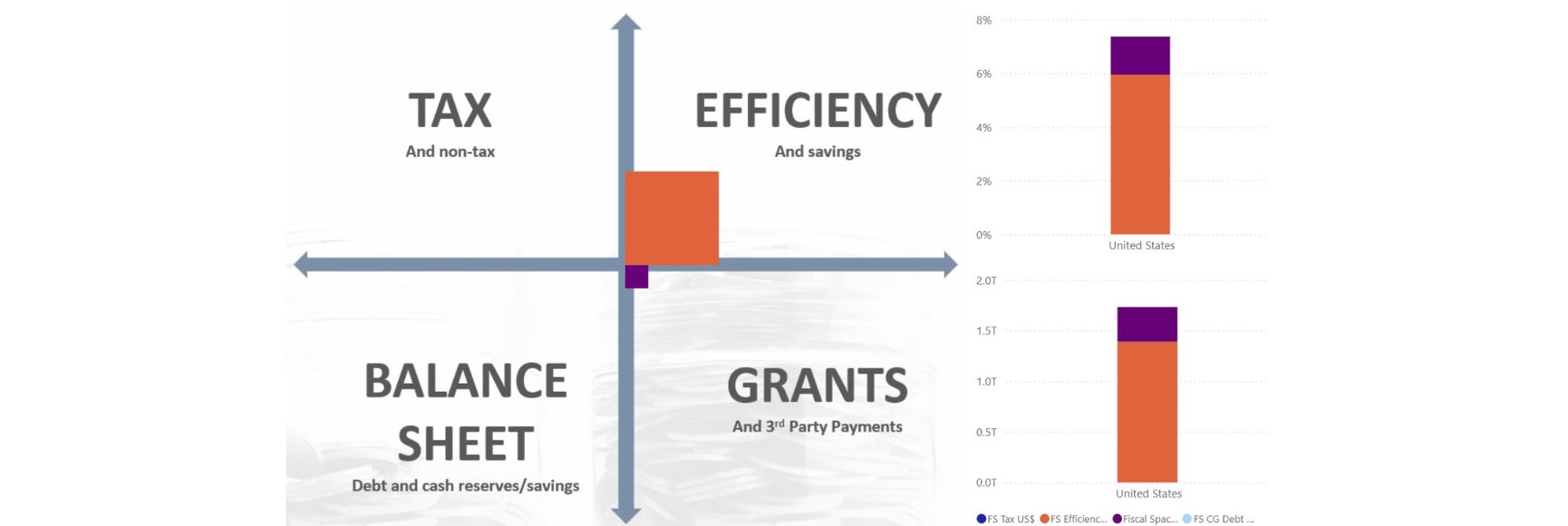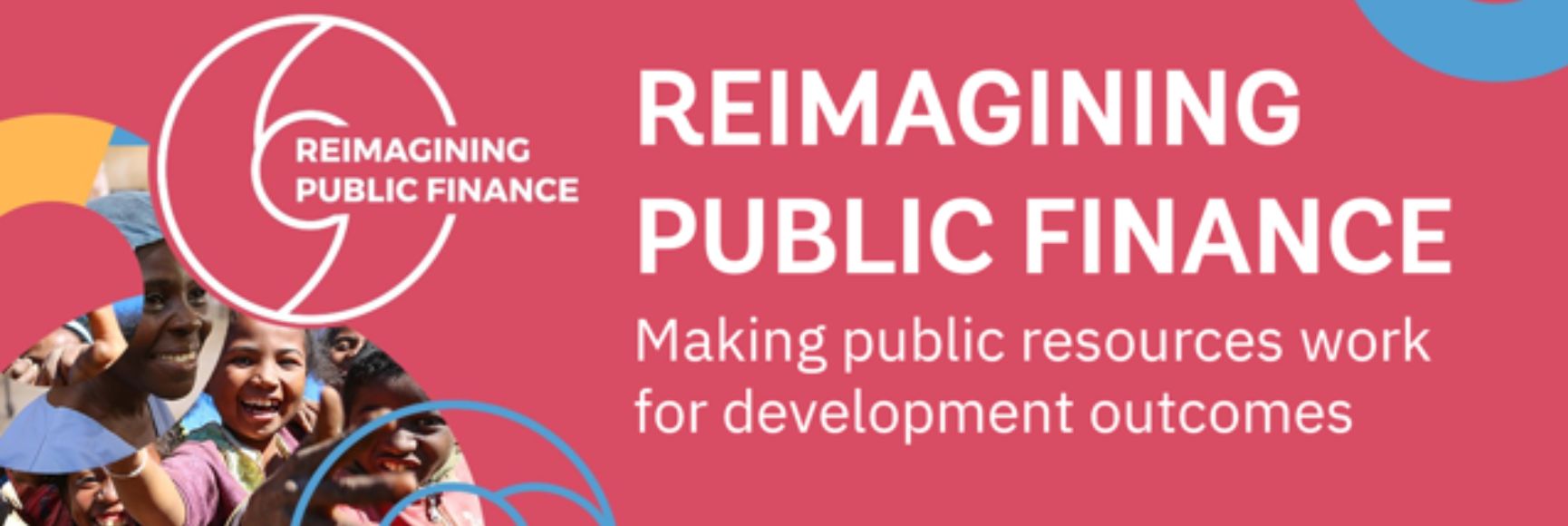Posted by Frits Bos, CPB Netherlands Bureau for Economic Policy Analysis
 The Netherlands has a well developed and successful medium term fiscal and budgetary framework that has helped stabilize government finances and has helped constrain the growth of the public sector. The Dutch framework is based on real expenditure ceilings and a sustainable deficit target over the medium term. Expenditure envelopes are fully planned in for the duration of government on the basis of a four-year “Coalition Agreement” between the political parties in government. Expenditure growth paths were based, until recently, on cautious assumption about the structural growth rate of the economy. To what extent is the Dutch framework, which has a number of specific institutional features, transferable to other countries? What are the strengths and weaknesses of the framework. Frits Bos, of the CPB (the Netherlands Bureau for Economic Policy Analysis), discusses below the main features of the Dutch system. A recent paper published by Mr. Bos presents the historical development, the procedures and the specific rules of the Dutch fiscal and budgetary framework
The Netherlands has a well developed and successful medium term fiscal and budgetary framework that has helped stabilize government finances and has helped constrain the growth of the public sector. The Dutch framework is based on real expenditure ceilings and a sustainable deficit target over the medium term. Expenditure envelopes are fully planned in for the duration of government on the basis of a four-year “Coalition Agreement” between the political parties in government. Expenditure growth paths were based, until recently, on cautious assumption about the structural growth rate of the economy. To what extent is the Dutch framework, which has a number of specific institutional features, transferable to other countries? What are the strengths and weaknesses of the framework. Frits Bos, of the CPB (the Netherlands Bureau for Economic Policy Analysis), discusses below the main features of the Dutch system. A recent paper published by Mr. Bos presents the historical development, the procedures and the specific rules of the Dutch fiscal and budgetary framework
In the Netherlands, there is a long tradition of stressing rationality and efficiency in government budgeting. This goes back to at least the end of the nineteenth century, when the well-known Dutch economist Pierson became first Minister of Finance and later Prime Minister. Since then, many prime ministers and major politicians were economists. The important role of the CPB in economic and fiscal decision-making also reflects this dominance of economic thinking.
The role of the CPB as adviser and arbitrator fits well in the Dutch tradition of consultation and coalition governments. Directly after the Second World War, the CPB played an important role in developing a joint strategy for economic recovery based on economic analyses. Furthermore, the qualities of CPB’s first director and Nobel laureate. Jan Tinbergen, contributed greatly to the appreciation of the CPB’s work. All these factors have helped support the development and acceptance of the rather sophisticated Dutch fiscal and budgetary framework.
Public debt and sustainability
The main anchor of the framework is a fiscal balance target over the medium term, i.e. the term of government. There is no year-on-year targeting of the fiscal balance. Ideally the fiscal balance target should be aligned with long-term fiscal sustainability considerations . A decade ago, the CPB started to calculate generational accounts for the Netherlands. These calculations demonstrated that current budgetary arrangement (taxes, public expenditure on social security, education and health care, subsidies, etc.) in the Netherlands were and are not sustainable. Under unchanged polices, the aging population will lead to a sharp and structural increase in public expenditure, in particular on state pensions and health care. Government revenue from taxes on funded pensions will also increase, but not enough to cover the extra expenditure and the falling revenues from natural gas. As a consequence, in the long run without policy adjustments public debt will explode and Dutch public finances will be out of control. Adjusting policy in time is efficient (tax smoothing limits the impact on the labor and capital markets) and is intergenerationally fair. At present the medium term fiscal balance target of the framework is some 2.5% of GDP removed from long-term sustainability.
Role of the CPB and the Advisory Group
One year before the elections, the road to a new coalition agreement and medium-term framework starts. The CPB makes provisional estimates of the Dutch economy and public finances in the medium term. These estimates are later updated and supplemented with an analysis of Dutch public finances in the long run.
All these estimates serve as inputs for the official advisory group on budgetary principles. The government makes explicit which topics should at least be addressed by the advisory group. In about half a year, this group writes a report evaluating past budgetary performance and making recommendations for the next period of government. The Ministry of Finance serves as the secretary of the advisory group. The CPB provides the estimates on the economy and public finances and is often asked to conduct analyses of the consequences of alternative assumptions and principles.
In the run-up to the general elections, the CPB publishes an analysis of the economic effects of the election programs of the political parties. The CPB conducts this analysis at the request of the political parties. The CPB study makes it possible to compare the parties’ election platforms on economic aspects. Key elements of the analysis are the implications for public finances, macroeconomic developments and purchasing power.
After the elections, the CPB provides an analysis of the coalition agreement being developed by the winning political parties. The previous analysis of the election platforms is a great help in making such an analysis. When no entirely new policy measures are proposed compared to the election programs, a standard analysis (i.e. check on the plausibility and feasibility of the measures proposed and their ex-ante budgetary implications, macro-economic effects and effects for purchasing power) can be made within a few days.
The Ministry of Finance ultimately calculates the medium-term framework. For example, the level of the real expenditure ceilings is fixed considering the coalition agreement and the most recent information about expenditure and revenue. Other Ministries, in particular those on social affairs and health care, may also have a clear opinion on the development of the expenditure of their Ministry. Estimates by the CPB, in particular those on social security, taxes and health care, serve as a critical benchmark for fixing the medium-term framework.
This process for deciding on a new coalition-agreement implies that policy measures are checked in an early stage on their feasibility and consequences on the national economy and public finance in the medium term and long run.
The CPB plays two important roles in the annual budgetary process. First, it provides the official macro-economic estimates, e.g. of economic growth, prices and wage rates, for the budget. Secondly, it provides in depth estimates on Dutch public finances. As a consequence, there is always a critical counterpart for the estimates on Dutch public finance by the Ministry Finance. An essential feature of the CPB-estimates is that they can be based on the most recent budgetary information and decision-making, even when this information is not yet officially published.
Elements of the framework
The major features of the current trend based fiscal and budgetary policy framework in the Netherlands are:
- Net real expenditure ceilings that are set for the whole term of central government for a four year period. Beneath the overall ceiling, ceilings are distinguished for three parts of government (the social security sector, health care and the rest of central government). Within the rest of government ceiling are then set by line ministry, and then further by budget programs. In principle, spending and revenue issues should be solved within the lowest ceiling set, and if this is not possible decision-making has to move one level up.
- The thinking on the three sectoral ceilings has been to have health care and social security solve budgetary issues within their sector. However, in practice, the extra expenditure on health has often been financed with the surpluses under the other two ceilings.
- Decision-making on the framework should take place at one moment in the budget process; this is important to ensure a stable decision-making process and limit the discussion on relative allocations;
- A focus on a sustainable fiscal balance target over the medium term. Long-term real expenditure growth paths that limit the impact of budgetary turmoil resulting from economic setbacks.
- On the income side of the budget, automatic stabilizers are allowed to work freely. Income setbacks can be compensated for in the budget balance and do not immediately require intervention by reducing expenditure or increasing taxes.
- Given the Maastricht criteria, a signal value for the general government deficit of 2% GDP. Surpassing this signal value implies that additional measures (extra budget cuts, extra taxes) are to be taken and that the expenditure ceilings do not apply anymore. This may result in pro-cyclical policy, in particular when after some time the old ceilings are allowed to be reinstated.
Unique or transferable to other countries?
In several respects, the Dutch fiscal and budgetary framework is unique in the world and reflects typical Dutch circumstances (e.g. a prevalence of coalition governments and the independent position of the CPB since World War II). Nevertheless, the Dutch fiscal procedures and specific rules could be relevant and transferable to other countries. Three examples can illustrate this:
- In countries where political parties try to win elections by unrealistic or inconsistent promises, comparison and economic analysis of these promises by an independent expert institution is useful. Guidance on the economic consequences of the political parties' promises may exert direct influence on the elections, but the indirect effect on the next government’s plans may be even more important in practice.
- For countries that consider the introduction of an independent fiscal council, the Dutch example with a mix of an independent expert institute and a high-level advisory group, can be very interesting.
- For countries that consider the introduction of expenditure ceilings, the Dutch experience can be useful. The Dutch system uses real expenditure ceilings with some success versus the use of nominal ceilings in most other countries. Also issues of coverage of the framework (interest payments for example are outside), and the link with tax expenditure, are areas where other countries could draw lessons.
A reason for the success of the Dutch framework are the various evaluation procedures that are in place. For good budgetary institutions, procedures and rules and a clear role in the political process, regular, official and good quality evaluation is crucial. In the Netherlands, this role is played by the official advisory group on budgetary principles, the national court of audit, the interdepartmental evaluation groups and the CPB. For the CPB, also explicit checks have been introduced for ensuring relevance and scientific quality.
The Achilles' heel of the Dutch approach is the division of tasks between the official experts and the political process, and the need to respect each others prerogatives. Experts like the CPB should show economic consequences, alternatives, trade-offs and uncertainty, but refrain from becoming an active player in the political arena. A somewhat technocratic and dispassionate attitude of the expert (e.g. in terms of language and appearance in the media) is advisable. However, it should not imply that politically sensitive topics or solutions are evaded by the official expert. Politicians should leave room for official experts to voice their opinions, ensure their independence and the quality of their work.





